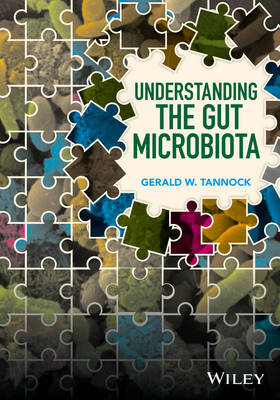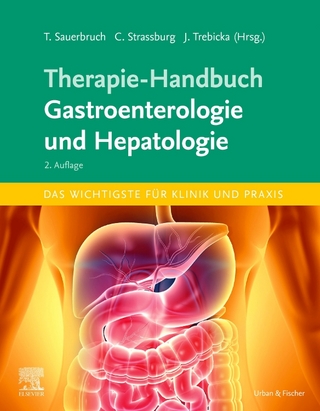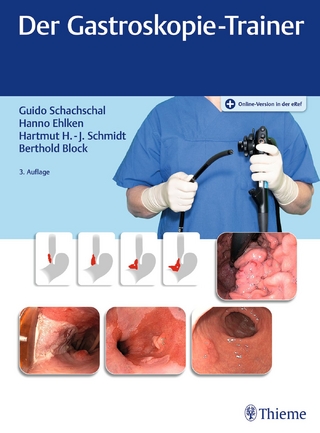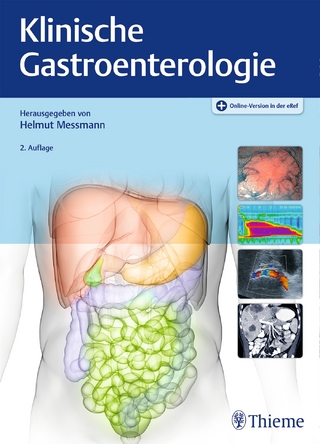
Understanding the Gut Microbiota
John Wiley & Sons Inc (Verlag)
978-1-118-80142-0 (ISBN)
Understanding the Gut Microbiota focuses on conceptual progress made from studies of the human bowel microbiota. Where appropriate, it draws on knowledge obtained from other animal species to provide conceptual enlightenment, but this is essentially a book about humans and their bowel microbes. Particular research approaches are recommended to fill knowledge gaps so that fundamental ecological theory and information about the microbiota can be translated into benefits for human health. The relationship between food for humans and resulting food for bowel bacteria emerges as an important topic for consideration.
This concise scholarly treatise of the microbiota of the human bowel will be of great interest and use as a text and reference work for professionals, teachers and students across a wide range of disciplines, including the health sciences, general biology, and food science and technology. The provision of handy ‘explanation of terms’ means that those with a general interest in science can also read the book with enjoyment.
Professor Gerald W. Tannock is based at the University of Otago and was awarded a Professorial Chair in 1996. He was awarded a Royal Society of New Zealand Silver Medal in 2000 for his contributions to science and technology and was elected a Fellow of the American Academy of Microbiology in 2002. Professor Tannock's research concerns the communities of bacteria that inhabit the gastrointestinal tract of animals. Research projects include the microbiology of inflammatory bowel diseases, the use of a unique colony of Lactobacillus-free mice in investigating the molecular foundations of gut autochthony using lactobacilli as model bacteria, engineering bowel communities by dietary manipulation, and the impact of bifidobacterial species on the activation of human dendritic cells with respect to atopic diseases. Professor Tannock's expertise has added an important microbiological facet to national and international, multi-disciplinary clinical studies in recent years.
Preface vii
Acknowledgements ix
1 Introduction 1
References 4
2 Prime Facts 7
Summary 14
Explanation of Terms 15
References 16
3 A Sense of Community 19
Summary 33
Explanation of Terms 33
References 35
4 Assembling Communities 39
Summary 55
Explanation of Terms 55
References 56
5 Bowel Society 63
References 69
6 Chemostat Bowel 71
Summary 82
Explanation of Terms 82
References 83
7 Revealing Secret Lives 87
Summary 98
Explanation of terms 98
References 101
8 Remembrance of Microbes Past 105
Summary 111
References 112
9 Out of Tune: Dysbiosis 115
Summary 130
Explanation of Terms 130
References 132
10 We may be Lost, but we’re Making Good Time 139
Particularly Important Considerations 143
Running Out of Fuel? 145
The End of the Journey 146
References 146
Addendum: A Brief Summary of Technological Aspects of ]omics 149
General Features of Nucleic Acid-based Technology 149
Older Electrophoretic Methods for Screening Microbiota Compositions 150
Fluorescent Probes (FISH/FC) 151
Measuring the Abundance of Bacterial Groups by qPCR 152
Using DNA Chips to Screen Microbiota Compositions 153
Detailed Phylogenetic Analysis 154
Metagenomics: Determining the Functional Capacity of Microbiotas 155
Metatranscriptomics: Microbiota Biochemical Pathways in Action 156
Metaproteomics 157
Metabolomics 157
Summary 158
References 159
Index 163
| Erscheinungsdatum | 11.02.2017 |
|---|---|
| Verlagsort | New York |
| Sprache | englisch |
| Maße | 175 x 244 mm |
| Gewicht | 476 g |
| Themenwelt | Medizinische Fachgebiete ► Innere Medizin ► Gastroenterologie |
| Medizin / Pharmazie ► Medizinische Fachgebiete ► Mikrobiologie / Infektologie / Reisemedizin | |
| Studium ► 1. Studienabschnitt (Vorklinik) ► Physiologie | |
| Naturwissenschaften ► Biologie ► Ökologie / Naturschutz | |
| ISBN-10 | 1-118-80142-3 / 1118801423 |
| ISBN-13 | 978-1-118-80142-0 / 9781118801420 |
| Zustand | Neuware |
| Informationen gemäß Produktsicherheitsverordnung (GPSR) | |
| Haben Sie eine Frage zum Produkt? |
aus dem Bereich


